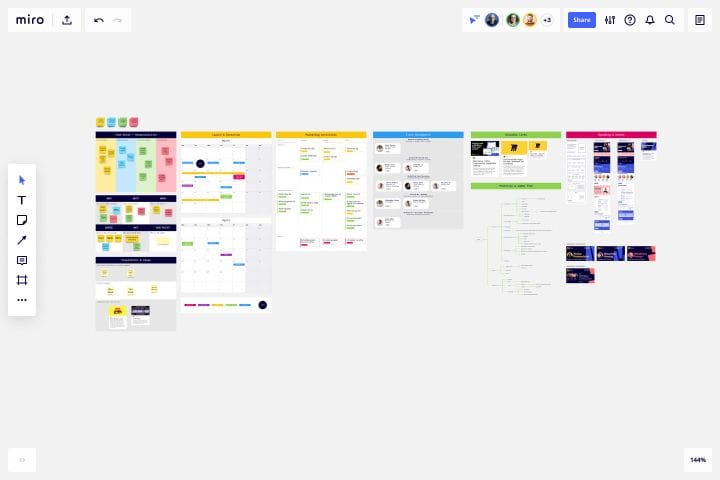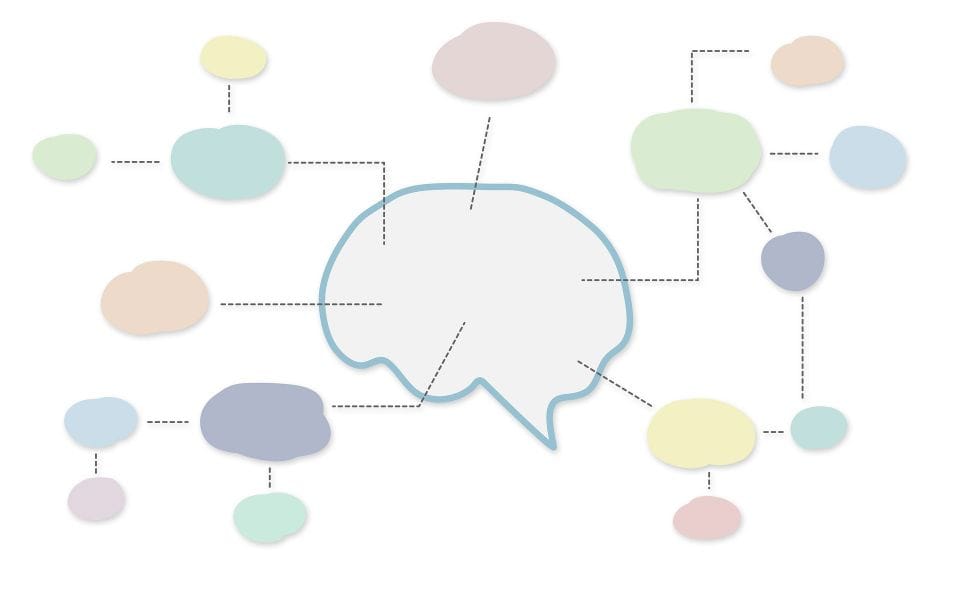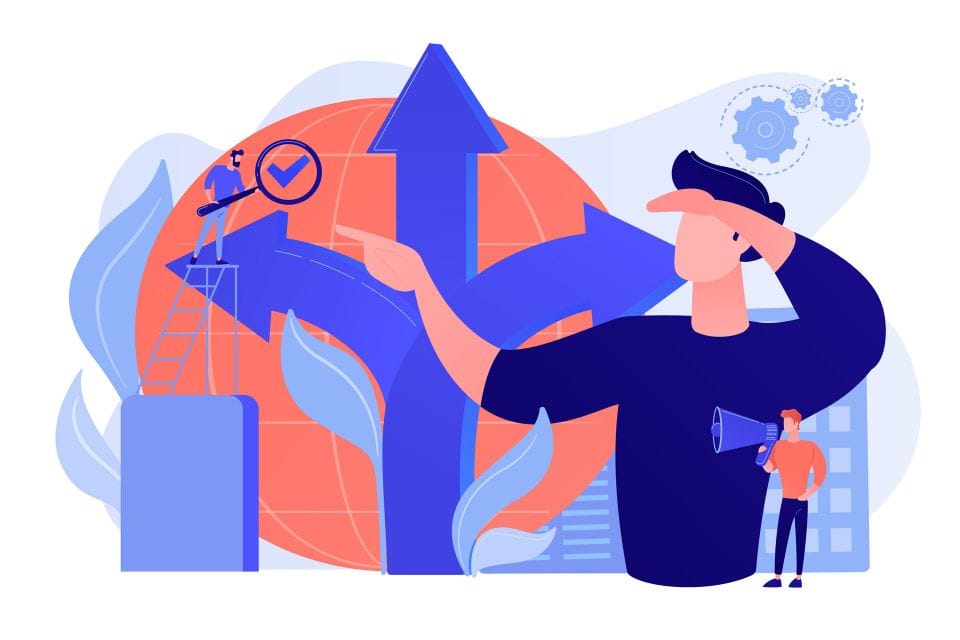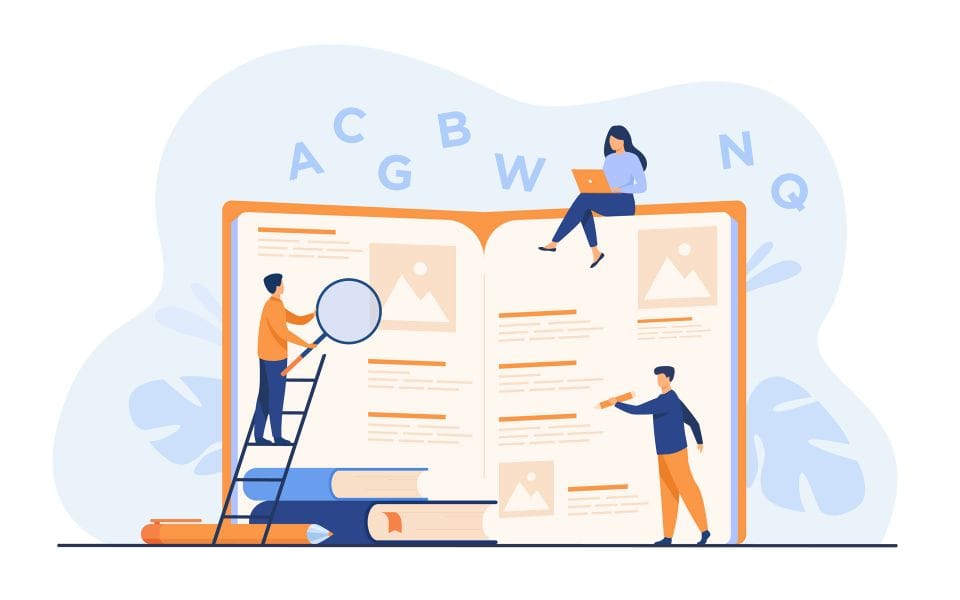A mind map is an extremely versatile tool. It can be used by teams who want to improve collaboration and teachers who want to make their lessons better. But what about the students? Can they use a mind map to enhance their learning ability? The short answer is yes – mind mapping is extremely useful when it comes to learning and information retention. The long answer is, well, the article you’re about to read!
What Is Mind Mapping?

Mind mapping is the best visual aid in brainstorming and coming up with new ideas. In its purest form, a mind map will allow you to get unfiltered, raw information out of your brain in a short amount of time. The best thing about mind mapping is its incredible versatility. For a student, mind mapping might be the best way to take notes, as it just focuses on a main idea and the keywords around it.
Why Is Mind Mapping Important?

When it comes to students who don’t have a huge attention span, mind mapping is the best way to take a monotonous lesson and turn it into something fun. It takes the concepts taught in class and turns them into vivid visual representations. For example, children with dyslexia will find it much easier to learn new information using a mind map than reading endless blocks of text.
Mind mapping can and should become a natural part of every student’s learning routine. Why? Well, let’s just take a look at the example below:

In essence, a mind map will allow a student to only focus on the most relevant information. And once the brain has that right, the details will come naturally and get cemented in the right places. But let’s see what are some of the reasons why both students and teachers should use mind mapping as a learning aid.
1. Life Path

The main purpose of school is to prepare the kids for “real life”. By offering and polishing the vital skills students need in life, schools are mainly responsible for the future of their students. School is also a great time for kids to find new passions and hobbies and develop them further. If you want to help your students get a better and clearer idea about their own future, have them draw mind maps that show what they want to be when they grow up.
This type of mind mapping is perfect for students of every age, as it helps them develop their critical thinking skills. Naturally, the amount of detail they’re going to put into this mind map should always be adjusted to their age and their mental capacities.
2. Essay Writing

No one can escape the essay. From the very first days of school, students are expected to write essays on various topics and subjects. They’re important, as they help the kids develop critical thinking and organizational skills. A huge majority of them will find this task quite tedious but it doesn’t have to be that way.
If you want to make it easier for your students (and more fun), help them put together an essay mind map that contains useful phrases and words they can use to make stronger arguments. Encourage them to add their own thoughts and ideas to that map as they come up with new ways to support and contradict arguments.
Read next: Trending Free Online Courses and Websites
3. Progress Review

As a teacher, you’ll have to write lots of reports on your students. Both for parents and yourself. This can get stressful at times, especially if you’re being flooded with other work such as checking homework or grading papers. This is where a mind map can be a true life-saver, especially if you give yourself a head start and prepare such a map for each of your students right at the beginning of the year?
This will allow you to better keep track of their progress throughout the entire year. Of course, as the student develops and learns, you will add more branches to the mind map. It will also serve as a great visual reference whenever you’re discussing it with the parents.
4. Learning a Language

Learning a new language can be hard, especially if you’re working with older students. But they have to begin somewhere and a mind map will provide an amazing starting point. Start by making different mind maps, each with its own central idea – animals, seasons, numbers, verb tenses and more.
As the students learn the new language, the mind map will increase with new terms and notions. And because it’s such a great learning tool, you can be sure the information will remain in their brains forever!
Read next: Ideas to Customize Your Website Design for Your Business
Our Conclusion
The great thing about mind mapping is that there is no right or wrong way of doing it. This means every student can try it and not feel bad that their colleague “did it better”. As a teacher, mind maps should become an important part of your teaching method. They’re fun, they’re efficient and most importantly, they’re extremely useful.
What about you? Have you used mind maps to help your students learn better? How did it go? Let us know in the comments below. And if you liked this article, don’t forget to give it a share!






